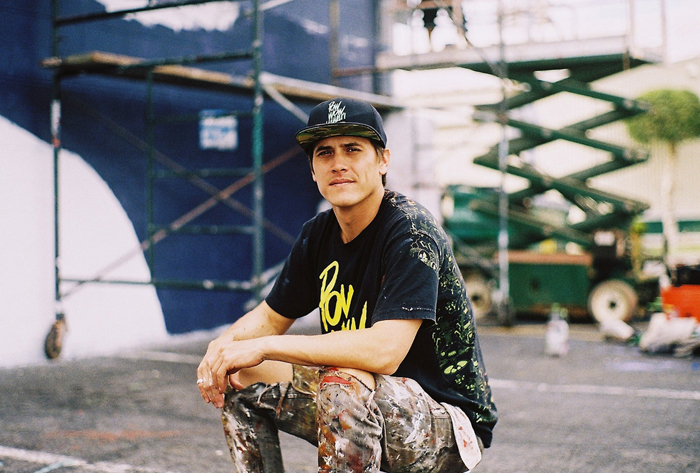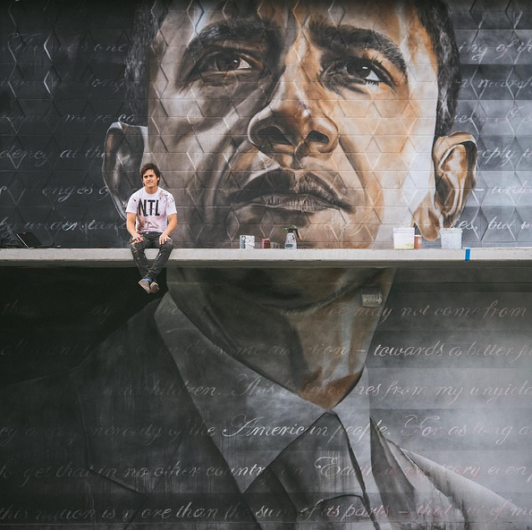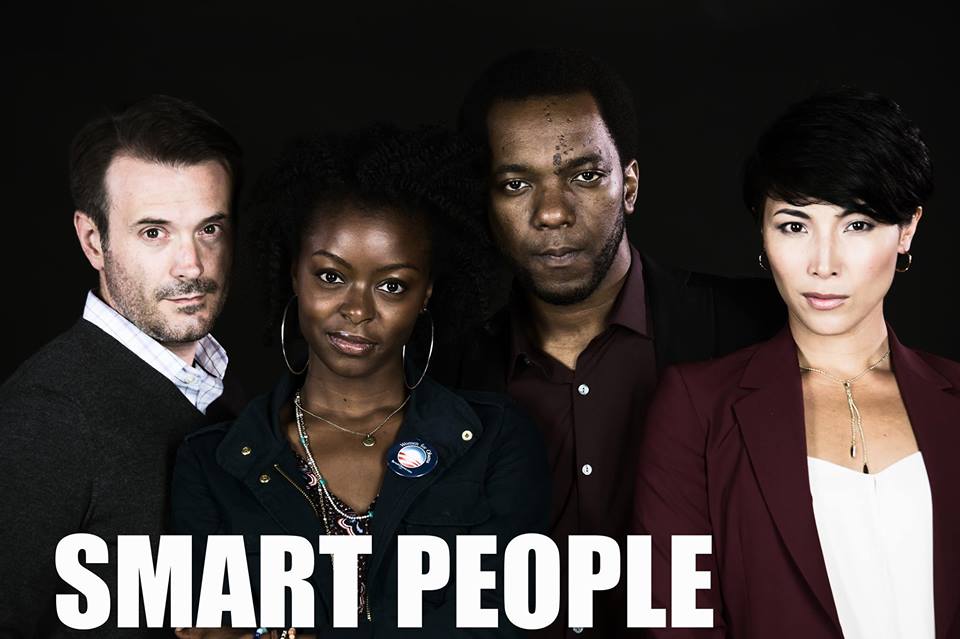Earlier this summer, Honolulu became a little bit more presidential when a new mural of President Barack Obama came into existence. Found on a street corner in the city the 44th President of the United States was born and raised, the piece of art is the latest handiwork of local artist, Kamea Hadar.
“So the mural is a portrait of President Barack Obama,” Hadar explained via phone interview. “In the background is [an excerpt from] a speech he made in 2008 in Philadelphia.”
To Hadar, the mural is more than just a way to honor our current president as he reaches the end of his second term.
“It has to do with racial equality and that’s what the piece is about. The piece is called ‘Hapa,’ which comes from the Hawaiian word for ‘part’ or ‘partial,’ and basically it is used to refer to people of mixed race,” Hadar said. “President Obama is Hapa, I’m Hapa, a lot of people are, and it’s very much representative of the melting pot of race and culture in Hawaii and also the rest of the world.
“So anyone is part anything, not all, is referred to as Hapa. But it’s mainly like a symbol. The meaning of it is more about mixed race and not the literal translation of the word.”

Hadar, who also serves as co-director of arts network POW! WOW!, was originally approached to do the mural by the building owner, who was already a fan of his work. He wanted him to paint a mural on the side of the building, with the subject having to reflect off of the theme of being Hapa.
“So when he approached me, he said, ‘What would be a good subject?’ President Obama came up in the conversation and it kind of came together naturally,” he recalled. “It’s like a perfect fit. The building owner wanted to do a portrait that had to do with being Hapa, but he’s also a big supporter of President Obama. President Obama is an inspiration.”
The process of putting together what the overall mural would look like was a quick process for Hadar as the imagery came to him more naturally than usual.
“Usually there’s a lot of back and forth between myself and the building owner, what they wanted and what they were happy with. It was amazing,” he explained. “The mock-up of the piece and the sketch for the piece came out really, really easily and naturally, and when I showed it to the building owner, he had no comments. He was just like, ‘I love it! Let’s do it!'”
The process of getting “Hapa” painted onto the building wall came with its challenges; many of which were weather and time-related. For instance, how quickly the paint dried depended on the time of day Hadar was out painting and how high the sun was. The wind however, was the greatest nuisance, though it also helped the mural along.
“The wind was a big factor. It was a really windy area,” Hadar recalled. “So when I was trying to spray some of the background, I wanted the perfect gradient, but the wind kept catching the paint and swirling it around. And actually, it ended up adding to the piece, because when you look in the background, it has kind of this smoky, wispy feel to it and because it was so windy every day I was working, it would just spray the paint on. So it actually wounded up working to my advantage.”

Since its completion, “Hapa” has garnered a positive reception from the public, which was a relief for Hadar, as he was worried about a possible political backlash.
“Honestly, even people who aren’t supporters of Obama, they were telling me, ‘I’m not a big fan of some of his policies but I still love the mural because I think it’s a beautiful piece of art,'” said Hadar. “So it’s surprisingly positive. You know, there’s obviously going to be some criticism. In art, it’s always good to have some reaction versus none, whether good or bad.”
While he hasn’t heard anything from President Obama himself about the mural yet, he hopes that maybe one day when in town, he’ll have the chance to see it. Otherwise, Hadar is happy with the response and inspiration his mural is bringing to others.
“The point of the piece is just to inspire other people and hopefully I’ve already done that,” he stated. “I’m just happy to spread aloha is all.”
To learn more about Hadar and his other works, be sure to check out his official website and keep up to date on his latest endeavors on Facebook, as well as on Twitter and Instagram @kameahadar.
![]()
